Asbestos Removal Cost
Last updated 4th June, 2025
Wondering how to get rid of asbestos? How much will it cost?
If you have asbestos in your home or garage then you will need a professional to safely dispose of it. Whether it's asbestos guttering or removing asbestos sheets we've got all your asbestos removal costs in this guide.
Continue reading for more information!
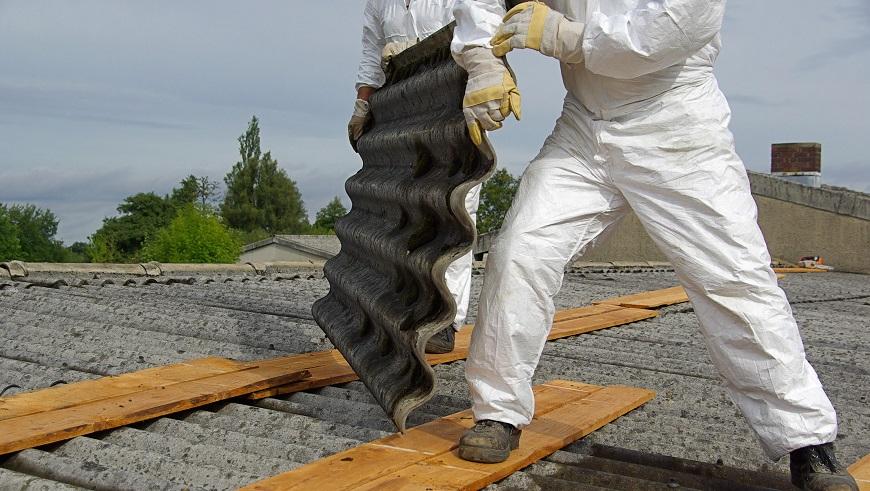
Table of Contents
- How much to remove asbestos?
- Labour cost of asbestos removal
- Factors that impact asbestos removal costs
- What is asbestos?
- What does removing asbestos involve?
- DIY asbestos removal
- Can the council remove asbestos?
- How to identify asbestos in your home
- How to find & hire an asbestos remover
- FAQs
- Sources
How Much to Remove Asbestos?
The average cost of removing asbestos is between £50-£60 per sqm.
You will also require a contractor to take a survey of the work necessary, with most professionals charging around £200 to £300 per day.
It is also important to stress that attempting to remove asbestos in the UK yourself is not only dangerous but against the law.
Furthermore, if you would like to apply protective adhesive to the asbestos, that should cost between £8-£15 per sqm. As it is pretty evident by now, removing asbestos is not cheap, and unfortunately, there are a few other factors that can affect the price.
Some of these factors include your location as contractors might charge more if they have to travel a great deal to reach you. However, the major money sink will be the amount of asbestos that has to be removed as this could really set you back.
That said, it is for the best as asbestos is a dangerous material to have around, and a lot of people have fallen ill due to the presence of this toxic material.
Also, if you have plans to sell your house, asbestos removal is a must as buyers are very wary of homes that contain the material. On the bright side, you can bring down the cost of asbestos removal by seeking advice from your local council.
Asbestos Removal Prices
With all of that said, what are the actual prices of removing asbestos?
Unfortunately, the prices will always vary due to the factors discussed above, but below you'll find a table with a list of how much you might need to remove asbestos in your home.
| JOB | AVERAGE COST | DURATION |
|---|---|---|
| Asbestos removal | £50 per sqm | 3-5 days |
| Professional survey | £200 | 1-3 hours |
| Applying protective adhesive to asbestos material | £8- £15 per sqm | 1-2 hours |
| Council removal (200kg) | £60- £300 | 3- 5 days |
| Asbestos garage roof removal | £380- £1800 | 3- 5 days |
| Reboarding | £400- £1000 | 3- 5 days |
Asbestos Removal Cost Breakdown Calculator
Individual cost for completing an asbestos survey, professional removal and remediating: £2500
Materials
£1125
Tradesmen
£1250
Waste Removal
£125
Additional Asbestos Removal Costs
While the physical asbestos removal is the most important part to discuss, there may be a couple of additional costs to also consider.
For instance, once the asbestos is removed from your home, it would need to be replaced with a much safer material such as drywalling. Unfortunately, this isn't already included within the removal cost.
The main additional cost will be the reboarding, in order to replace the offending area, and also either sealing the artex or removing the artex altogether if applicable.
| JOB | AVERAGE COST | DURATION |
|---|---|---|
| Reboarding | £400 - £1,000 | Varies by area size |
| Sealing Artex | £150 - £250 | 1 day |
| Artex removal (chemical/steam) | £250 - £500 | 1 - 2 days |
Meanwhile, since the process of asbestos removal is labour-intensive, it's likely your contractor will need another hand to help with the work which is another reason for the added expense.
Another factor to consider is the duration the job takes (up to five working days) and the fact it may be safer for your health to vacate the premises while the work is being carried out. As such, this could involve the added expense of going on holiday or putting yourself up in a local hotel for a few nights.
Labour Cost of Asbestos Removal
The average asbestos removal cost should be about £50- £60 per sqm. This is if you are removing all the asbestos in your home. The process should take anywhere from 3-5 days, and since the contractor will probably need help to remove the asbestos, this could cost a little extra.
However, before jumping the gun, it is advised that you get a professional surveyor to check out how much is required or if you even need to remove the asbestos at all. This process shouldn't take up more than a couple of hours.
Then, if the surveyor determines that you only need asbestos encapsulation, you can have this done for about £8- £15 per sqm. Asbestos encapsulation is the process of applying a protective adhesive to all the asbestos which functions to prevent the release and spread of harmful dust.
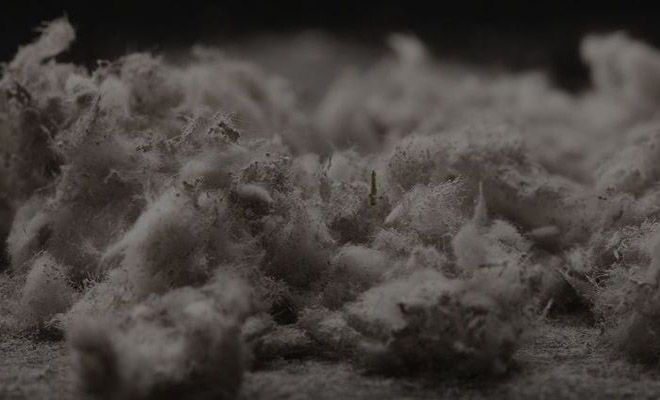
This process should take between 1- 3 hours to complete and is significantly cheaper than removing asbestos. That said, if asbestos removal is the only option available, it would also depend on what area of the house the asbestos is located.
For instance, if your garage is the area affected, then you will have to consider the asbestos garage roof removal cost which can range from £350 to about £1800. This should take about a day or two, and while expensive, it is also highly necessary.
Also, asbestos ceiling removal cost should be considered as this is another area where the material is typically found. Finally, pay attention to the size of your garage when considering asbestos garage removal cost, as this goes a long way in determining the price.
Factors That Impact Asbestos Removal Costs
As has already been established, the cost of removing asbestos is not cheap, but it is incredibly necessary as it not protects your health, but even helps to increase the value of your property as people are wary of buying homes with asbestos in them.
That said, there are a couple of factors that affect the price of removing asbestos, some of which we'll examine below.
Amount of Asbestos
The biggest factor to consider when taking out asbestos is the amount.
First off, it is necessary to get a professional to survey your property and determine the amount of asbestos to be removed.
This will usually cost about £200- £300 and shouldn't take more than a couple of hours.
After this is when things get tricky as the professional will explain how much the removal of the asbestos will cost and with prices of removal as high as £50- £60 per sqm, your tab could run into some pretty scary numbers.
Area of Asbestos Removal
Where the asbestos is located will also play a big role in how much you end up paying.
For instance, if the asbestos is located in the ceiling, this could cost you a lot more due to the difficulty in repairing the ceiling and tackling such a project altogether.
| JOB | AVERAGE COST | DURATION |
|---|---|---|
| Removal from a ceiling | £70–£160 per m² | — |
| Removal from a wall | £75–£180 per m² | — |
| Removal from a single garage roof | £400 - £700 | 1 - 2 days |
| Removal from a double garage roof | £750 - £1,850 | 1 - 3 days |
| Removal of garage insulation ceiling boards | £1,400 - £2,000 | Varies by complexity |
| Removal from a shed | £350 - £1,200 | 1 - 2 days |
Location
As with most projects that require specialists, your location will play a huge role in how much everything costs.
In the case of obtaining a fix for your asbestos problem, the further a consultant has to travel to reach you, the more expensive things get.
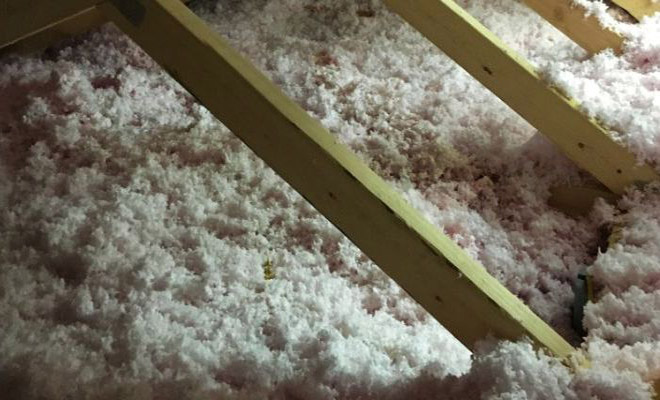
However, due to the nature of the project, getting the most qualified person available is in your best interest as improperly removed asbestos is a hazard for not just yourself, but your neighbours as well.
Also, if you live in a remote area which is hard to reach, or has only a few professionals around, then you are likely to pay even more.
Method of Removal
There is more than one way to have asbestos removed with the two most common ways being with the help of a specialist or through your local council.
There are several specialists who are certified to remove asbestos, and with the help of the internet, you can easily find a competent professional.
First, you'll need to have the professional over to assess the work that needs to be done, and they will then advise you as to the best method to go with. One thing a specialist might advise would be to encapsulate the asbestos.
This is usually the recommended course of action if the asbestos is in several areas of the house and requires extensive work. Encapsulation involves applying a protective adhesive to the asbestos and is much cheaper than having the material removed. If there isn't much asbestos, then removal might be the way to go.
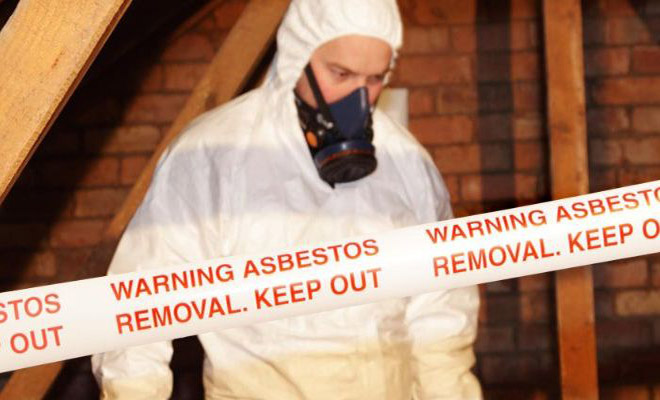
Quality of Workmanship
If you decide to engage a specialist, you might encounter some that are way cheaper, be wary of such professionals as they might not possess the required accreditation to handle the project.
While cost will always be on your mind, consider the importance of removing asbestos carefully as a mistake could lead to serious health implications.
Hence, while a certified professional will be more expensive, they are also more reliable.
Reboarding
This refers to the replacement of the removed asbestos with a much safer material. This is very necessary but will cost a bit more money.
You can request that the professional who removes the asbestos also handles the reboarding.
It might set you back between £400 to £1000, but it is well worth it.
What is Asbestos?
Asbestos is a fibrous silicate mineral that was used for building and insulation. It was widely used between 1900 and 1999 before studies showed how dangerous it was, and it was banned as a building material.
Unfortunately, so many homes had been built with the material at a time when we were none the wiser. Therefore, a significant number of people fell ill with several deaths traced directly to contact with asbestos.
For this reason, it is banned in most countries, and people are encouraged to remove it whenever possible. Furthermore, due to the danger the material poses, its removal is a highly specialized job that requires the services of a specialist.
This is because it becomes highly dangerous when it breaks apart, and the dust is released into the air. So, to prevent such an occurrence, skilled hands are required to get rid of the material.
Health Effects of Exposure to Asbestos
The cost of asbestos removal is a reasonable investment in your health, as asbestos has been known to cause lung cancer and other respiratory diseases.
Short-term exposure may cause coughing or difficulties breathing, while more severe exposure is linked to conditions that include asbestosis, lung cancer, and mesothelioma. These can take years to develop, which is why even a brief exposure to asbestos should be taken seriously.
There are different types of asbestos, but the most common ones are:
Chrysotile (White Asbestos)
This is possibly the most common one used in the UK, and it is usually found in roofs, walls, gutters, and other places.
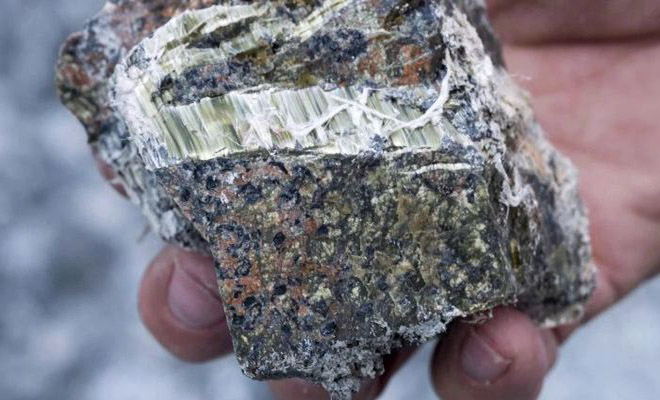
It was quite handy then as it provided some impressive sturdiness while remaining flexible enough to manipulate in different ways.
Amosite (Brown Asbestos)
This was also usually found in buildings, but it was a tougher variant of asbestos and functioned to provide a high level of insulation.
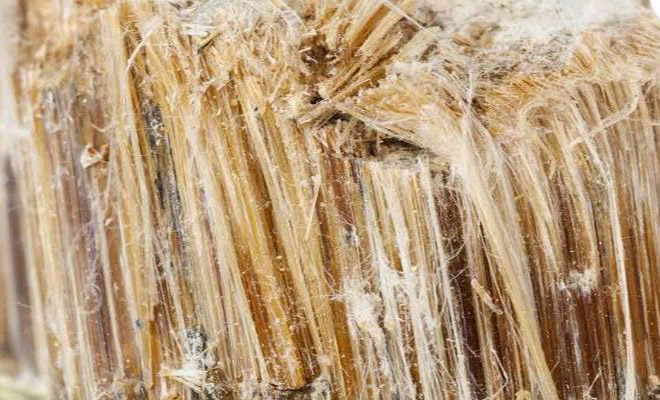
Therefore, its use was widespread before the dangers associated with it was discovered.
Crocidolite (Blue Asbestos)
This was the rarest of the bunch, and it wasn't used much in the UK rather seeing more joy in Southern Africa.
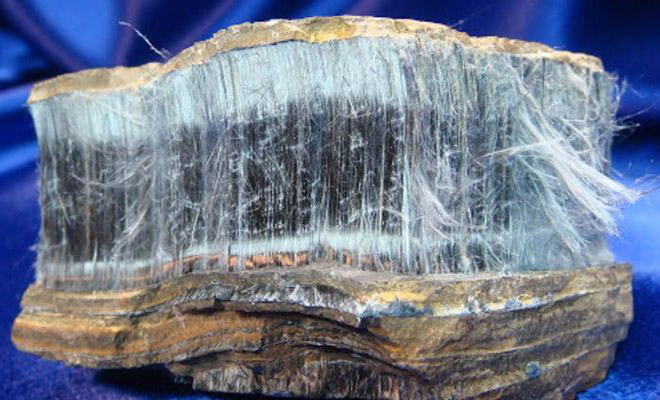
The material had a textile-like appearance, and it was commonly used with high-temperature applications.
What Does Removing Asbestos Involve?
Removing asbestos is a pretty stressful process and must be undertaken by a specialist to achieve the best results. So, what do you do if you want to remove asbestos from your property?
The first step is to contact a professional or your local council. In the case of the former, the specialist will come around and survey the area to determine how much work is required.
Depending on the situation, the professional might recommend encapsulation which involves applying some protective adhesive to all the asbestos material to prevent the dust from escaping and constituting a hazard.
If the professional determines that encapsulation is the way to go, they will then proceed to apply the adhesive material. However, if removal is necessary, then the professional will set to work on getting rid of the asbestos in a safe and secure manner.
Generally, specialists will spray a generous amount of water on the asbestos material to prevent the dust from rising and escaping. Before water is introduced, it is necessary to ensure that there are no electrical appliances or materials in the vicinity.
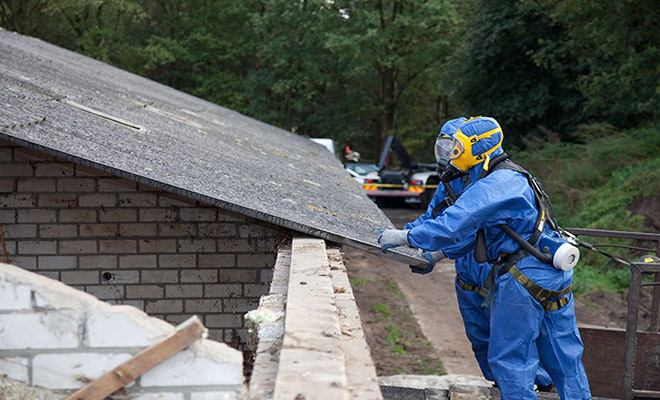
The watering process will continue throughout the removal project. Also, some experts will use water mixed with detergent or a PVA solution.
Once the surface is thoroughly wet, the removal of the asbestos can begin. It is important to note that if the material is bolted down, the bolts will have to be removed carefully without coming in contact with the asbestos. Then all the bolts or any other material used to hold the asbestos down is safely put away after which asbestos sheets or material are removed carefully.
If the operation is taking place on a roof, the specialists will need to take special care when transporting the removed materials to the ground as they must not be broken or damaged as this is when it is at its most dangerous.
Afterwards, the removed pieces are stacked neatly on top of each other until the job is done. Then, the stacked pieces are wrapped to protect them and prevent the escape of any dust. Next, the area is inspected carefully to ensure that there is nothing else left behind that could pose a problem.
Finally, the asbestos is taken away to be disposed of carefully and in accordance with relevant laws.
DIY Asbestos Removal
As we have already mentioned earlier, not only is DIY asbestos removal discouraged but it is in fact illegal to do so. So while you might want to save money by going the DIY route, by law you are not allowed to attempt to remove asbestos yourself under any circumstances.
This is because if the material breaks, it could release extremely dangerous dust fibres into the air and constitute a health hazard to you and your neighbours. As such, removing asbestos is a specialized process which requires previous experience.
Therefore, if you worry that there is asbestos in your home, you are advised to engage the services of a professional or contact your local council for advice and further instructions.
Can the Council Remove Asbestos?
Due to the exorbitant price of removing asbestos, you can contact your local council to help with asbestos removal. This is a cheaper option with councils providing a variety of prices depending on where you are in the country.
For instance, the Essex council will remove up to 40kg of asbestos for free. Apart from that, the professionals hired by the council are usually safer as they are well vetted before engagement.
Whether you are looking to remove asbestos from your private home or a business property, your council will be able to help provide further information and may be able to supply a list of council-approved professionals.
How to Identify Asbestos in Your Home
Identifying asbestos can be a little tricky as there are few tell-tale signs, and due to the danger, it poses it is best left undisturbed.
However, there are a few common places where asbestos can be found and are best examined as closely as possible. These are:
- Roofing
- Gutters
- Flooring
- Pipes
- Cavity walls, and attics
Due to their widespread use in the past, be wary of any home built before 1999 as these are a lot more likely to contain some asbestos. If you identify some asbestos, ensure you determine its condition before doing anything else.
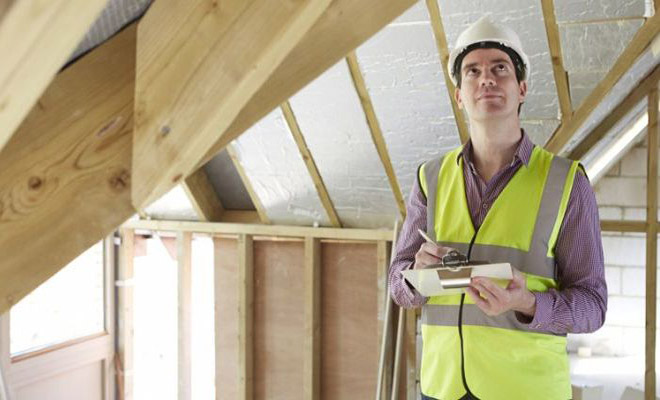
If you can, call a professional to have a look to avoid any potential danger. If the asbestos is in good condition, it might be best to leave it undisturbed and protected, so it doesn't break. To achieve this, professionals will encapsulate the asbestos.
Finally, if you find asbestos, don't try to remove it yourself, and avoid using a vacuum cleaner, power tools, or dry abrasive material on it as this could damage the material and cause potential danger.
If you're unsure whether a material contains asbestos, don’t disturb it. Contact a licensed asbestos surveyor who can take a sample safely.
How to Find & Hire an Asbestos Remover
There are various resources online through which you can find competent professionals who would remove the asbestos safely and promptly.
However, you need to be careful and ensure that anyone working on your property has the right certifications.
Therefore, you are advised to ask your contractor how much experience they have and if they have the right accreditations and registrations to work on the project.
However, if you are still unsure about what to do, you can ask your local council for help as they have a slew of professionals whom they engage regularly and are properly vetted.
FAQs
Therefore, you need to be careful not to disturb them as the dust and fibres that hang in the air could cause serious health issues.
That said, theoretically, the fibres from asbestos can last for as long as 48- 72 hours in the air before settling.
However, the fibres are so delicate that a change in the movement of air could get it right up again.
So, it is best to ensure that a professional remove it and conducts an air test to determine that there are no traces of fibre in the air.
Apart from the health hazards attached to the material, it was a very versatile building tool, and its sturdiness and malleability made it a very popular tool.
Also, it possesses powerful insulation properties and its resistance to fire simply added to its appeal.
However, around 1999, after the effects of the material were laid bare, it was outlawed in the UK.
Therefore, if the material is disturbed and fibres escape, they can be carried in the air over long distances.
For this reason, getting rid of asbestos is a delicate job that requires trained hands to prevent possible exposure and health hazards.
The fibres are also capable of remaining in the air for long periods which just adds to the danger they pose.
Hence, it is not advised that you try to remove and dispose of asbestos yourself as the fibres, if disturbed, could potentially travel and affect a huge number of people.
Interestingly, prohibition laws for asbestos were introduced into the UK in 1985, but this only restricted the use of brown and blue asbestos while the white variant was still in use.
By 1999 all forms of asbestos were banned, but the damage had been done as there are still many homes that have some asbestos in them.
This includes homes that used Artex on the ceilings, as asbestos was still used to manufacture Artex up until the 80s.
Due to how small and durable these fibres are, they can last for ages in the air and are easy to inhale.
While most of the particles will be expelled from the body through coughing or sneezing, not all of them leave.
Then they remain in the lungs for decades wreaking havoc on the body and causing diseases such as lung cancer and mesothelioma.
So, the cost implications are a hassle, this is especially true if the asbestos is in good condition.
Hence, if the asbestos is in good condition and considered safe, encapsulation might be the best option.
Sources
https://asbestosnetwork.com/what-is-asbestos/asbestos-in-the-home/
https://www.lung.org/clean-air/indoor-air/indoor-air-pollutants/asbestos
https://www.armco.org.uk/asbestos-survey-news/when-was-asbestos-banned-in-uk/










